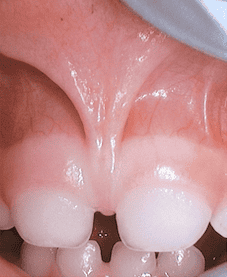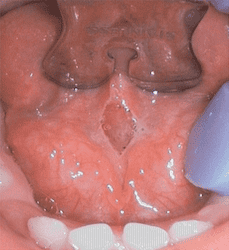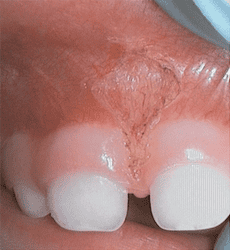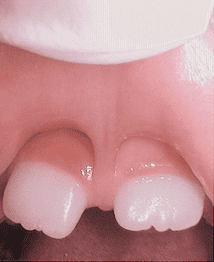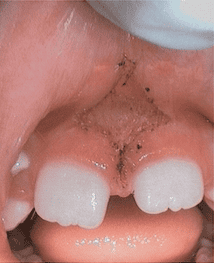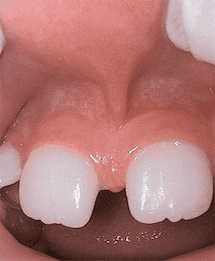Frenectomy Surgery
Welcome to our practice and thank you for coming to assess your child’s midline structures and possible benefits from Lip tie (LT) and/or Tongue tie (TT) revisions. Dr. Richter, a frenectomy specialist in Lehi, UT, and our staff are pleased to be able to address your child’s condition with the latest advancements in laser technology making this procedure safe and more precise with a faster recovery than ever before. Some of the many benefits that come from having a TT or LT revision include improved structure for nursing, speech, eating and swallowing along with increased physical, emotional and psychological development. We are grateful to be able to assist you with evaluation, diagnosis and treatment of TT and LT revisions with gentle care, expertise and individual attention.




